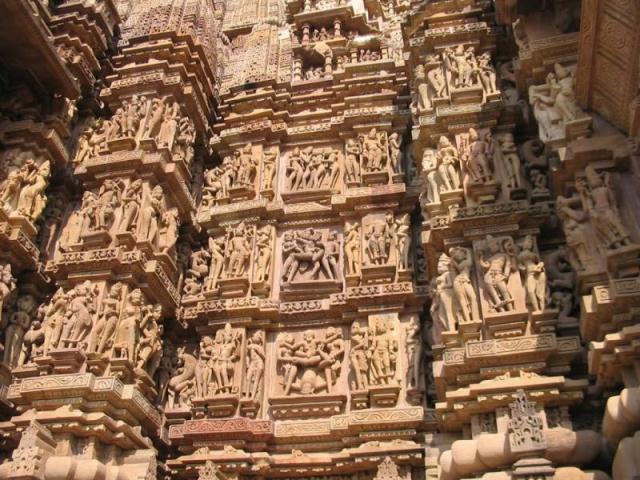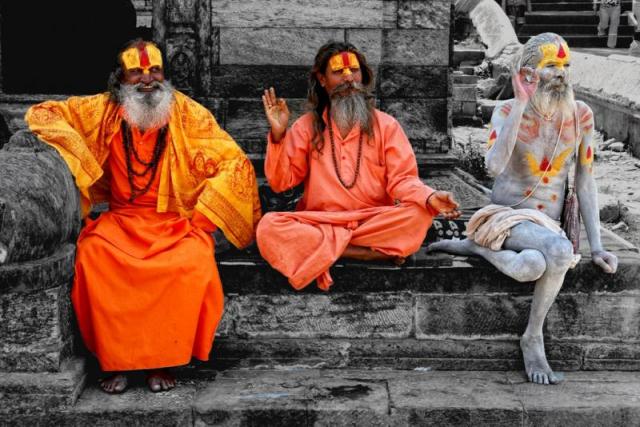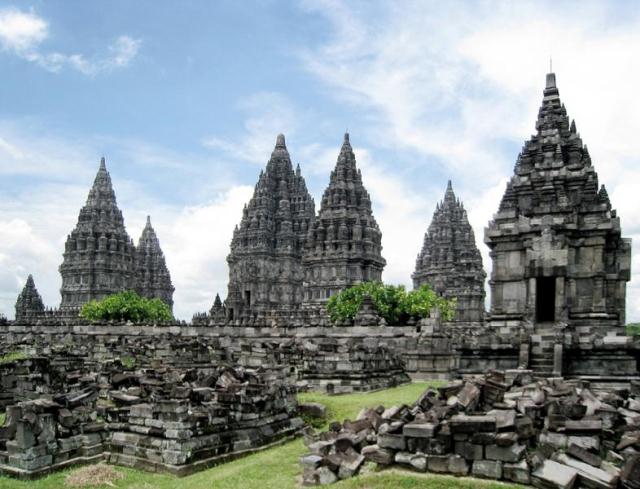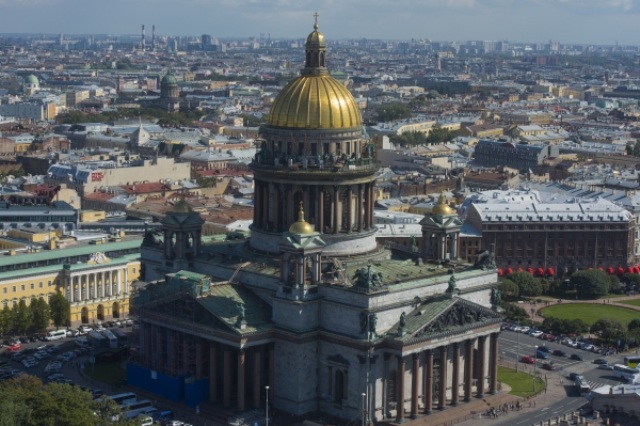5 greatest Hindu temple complexes
January 22, 1861 French explorer Henri Mouhot discovered in the jungles of Cambodia huge temple complex of Angkor Wat. Today we tell about him and the other great Hindu temples, which can not fail to impress with its magnificence.
Angkor Wat, Cambodia
Now it is difficult to imagine that the world’s largest religious structure, which is the Angkor Wat, has not always been a popular place of pilgrimage and a star instagrama. Like many of the most important archaeological finds, the great Hindu temple was discovered by pure chance. Lost in the jungles of Cambodia huge stone building, contrary to the traditions of Khmer temple construction, a missionary from Spain named Marcelo Ribandeyro found as far back as 1601, but, apparently, the mysterious sanctuary was not yet ready to come world. On the temple talked long and easily forgotten for two and a half centuries. Only January 22, 1861 Cambodian miracle if fabulous mirage cropped up before the eyes of the French explorer Henri Mouhot, lost in the green thicket near the town of Siem Reap. Angkor Wat hit the pages of the book “Journey to the Kingdom of Siam, Cambodia, Laos and other areas of Central Indochina”, became the target of large-scale historical research and a symbol of Cambodia. And no wonder: a giant complex, spanning 260 square kilometers, includes two hundred buildings, and its central temple – is an example of symmetry, not subservient neither wind nor centuries of corruption nor ruthless bullets and popular unrest.
The temples of Khajuraho, India
The once great city of Khajuraho, during the Chandela dynasty reputed center of culture and religion, as well as Angkor Wat, was lost to mankind for centuries. Only in 1838, a British officer Burt, wade through impassable thicket, stumbled upon a lost temple, and numb, or delight, or indignation. After the sanctuary Khajuraho – a real Kama Sutra, the ancient craftsmen carved boulders in the ancient place of power. The walls of the central temple vast complex, who took 22 square kilometers are covered with thousands of scenes from the life of the Indian gods, subject to them rulers, heroes and mythical creatures, but the main theme of stone reliefs – the art of love in its practical interpretation. Of once majestic holy city, there were 85 temples have survived only 25, and the most significant of which are preserved sanctuary of the western group. Each of them deserves a separate story: in Matangeshvare still pass worship Devi Jagdamba has the largest number of erotic sculptures and Chatsath Yogini is the oldest. Khajuraho – is undoubted Indian must-see, imbued with the spirit of the old lost in centuries of oriental tale.
Pashupatinath, Nepal
As the knife cuts in half the main sanctuary of the god Shiva Bagmati river, which flows to the east of the capital of Nepal Kathmandu. The first buildings of the oldest temple in Nepal date back to the 5th century BC, and the latest – almost our contemporaries. Pashupatinath is filled with special power, which any visitor feel: from all over India and Nepal come here elderly and the sick, to give up his life – the exact date of death, they are informed of the temple sages. Every day on the banks of the Bagmati River, which flows into the holy Ganges, are unforgettable for Europeans cremation ceremony, having nothing to do with the European funeral. For death for Indians – is the path to the new reincarnation is true and burial promotes successful new life. See the entire ceremony can not be – the main temple of Pashupatinath is open only for the faithful Hindus, but pyres and visible on the east side of the sanctuary, accessible to foreigners. And here is the temple of Rama and many sacred buildings containing a lingam, and a wonderful park where you can often meet colorful sadhus wandering yogis and have fun with thieving monkeys.
Prambanan, Indonesia
From a long distance one of the largest and most ancient Hindu temples Indonesia recalls rocks seeking to reach heaven. The most famous temple complex chetyrehyarusny Lara Dongrang, dedicated to Lord Shiva and reaches 47 meters in height. In addition to two other large structures that glorify Vishnu and Brahma, there Prambanane and several smaller shrines dedicated to serve the gods of animals: the swan Brahma bull Nandin Shiva and Garuda bird belonging to Vishnu. All Hindu Temple – an architectural designer of the fragments of the ancient holy places, which have yet to be collected, and together with it and learn more about the history of this mysterious religious object. In the meantime, you can just admire the colorful chaos, using a motorbike – Pramambana ruins stretch for several kilometers.
Tanah Lot, Bali
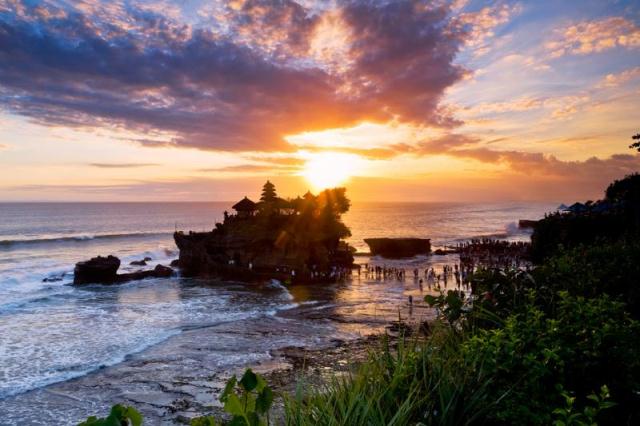
Many legends are told about the most photogenic Hindu temple of the world, located near Kuta and Denpasar. One says, as if the road to the future home of the gods on earth have Brahmin-wanderer Nirarthu ray of divine energy emanating from the source. The second tells us that wise traveler, seeking a break from wandering, just walked through the water to the cliff overlooking the sea – in this place and witnessed the miracle of the temple was built. Third altogether unusual: Nirarthu chapel built on an ordinary rock, and when to build, was the victim of attacks of the local priest. Angered, the holy words said forces, and the temple with a rock broke away from the coast and settled in the midst of the sea. Since unusual Tanah Lot if the ship cleaving the sea surface, beckons her unattainable beauty – you can get here only during low tide. Balinese shrine does not favor foreign and protected from evil intentions: in a cave deep in the rock inhabited by keepers of the temple – poisonous snakes, whose venom is deadly cobra venom. Those who look into the Tanah Lot with good intentions, on the contrary, waiting for a gift – a second cave hides a spring whose water has miraculous power.


